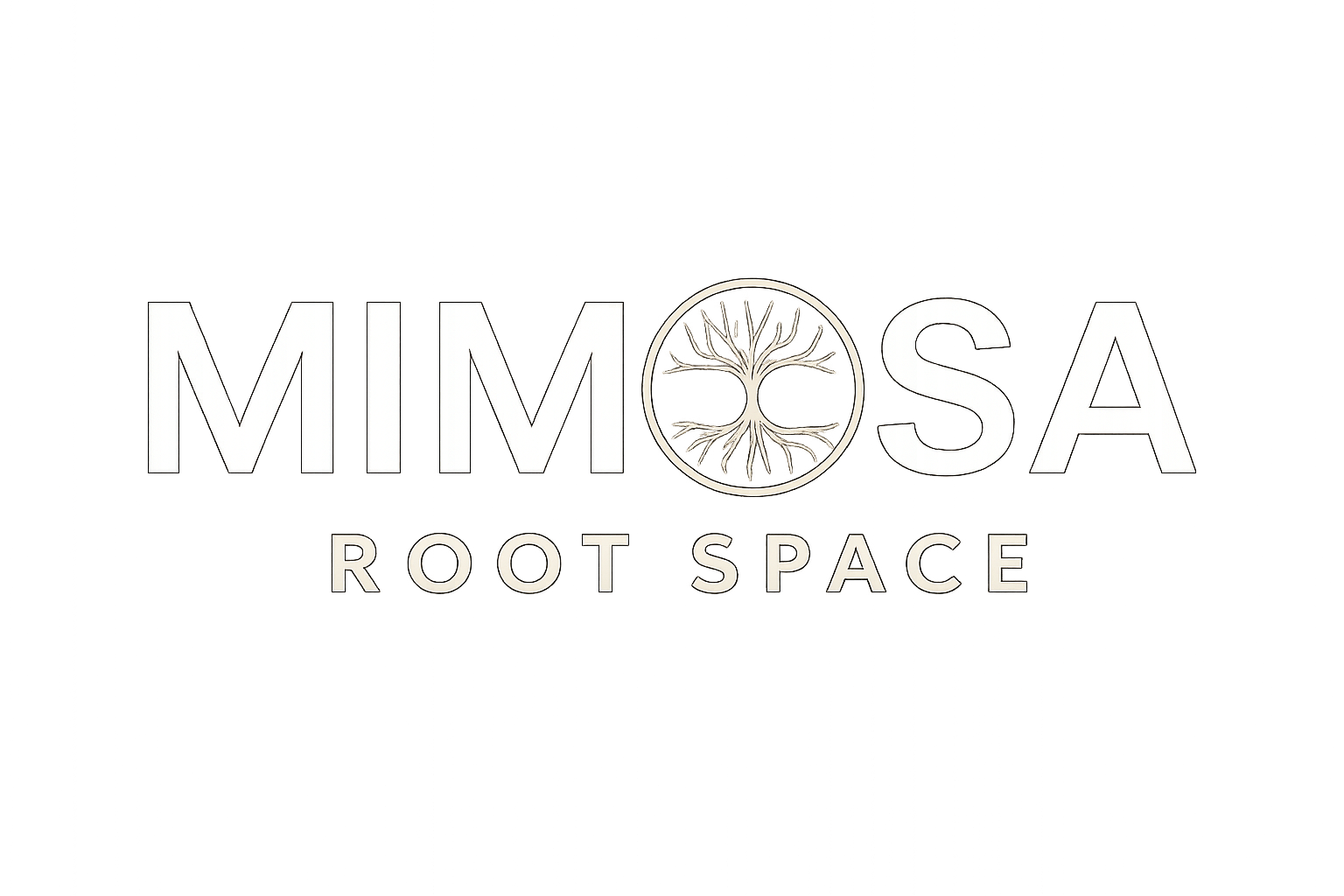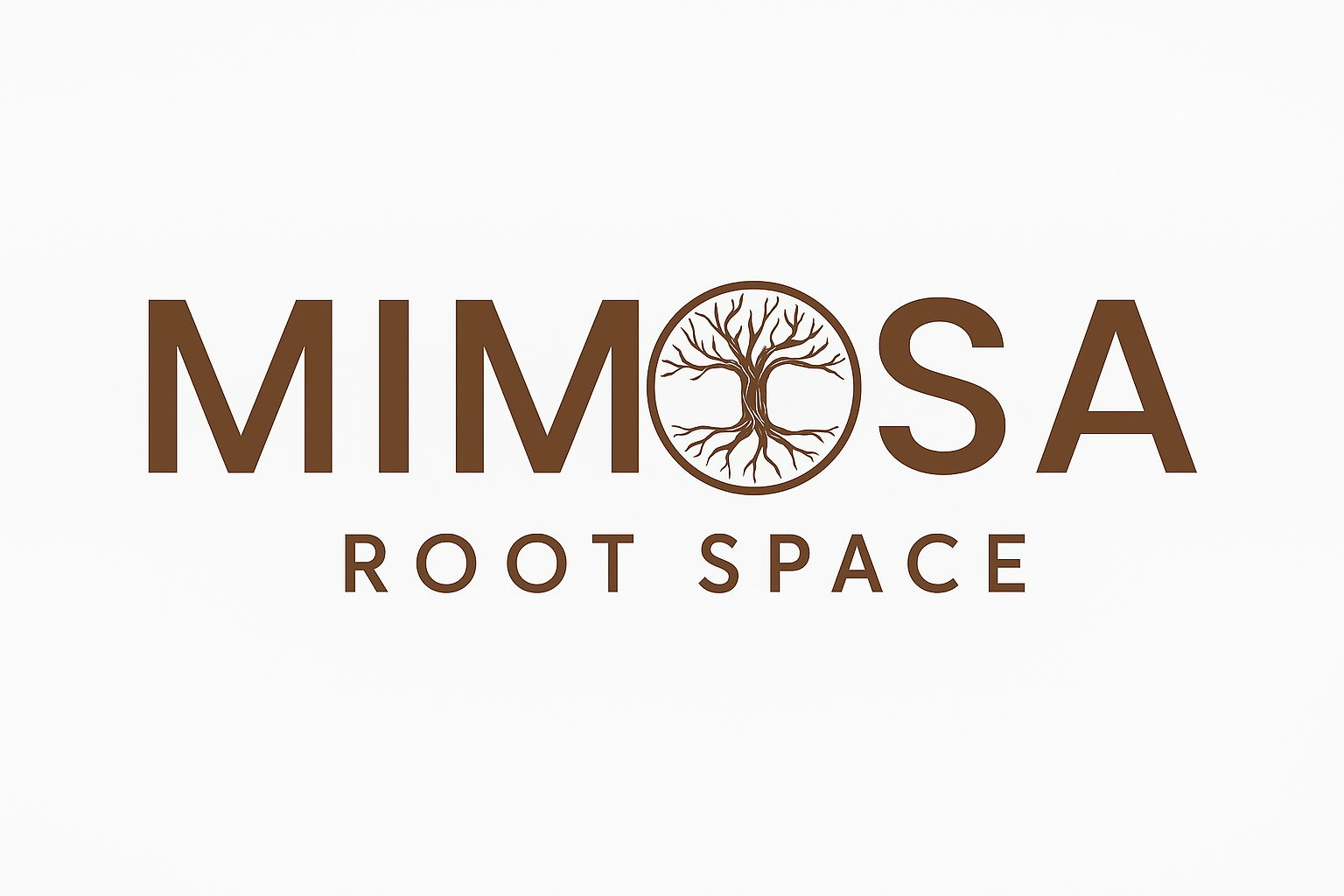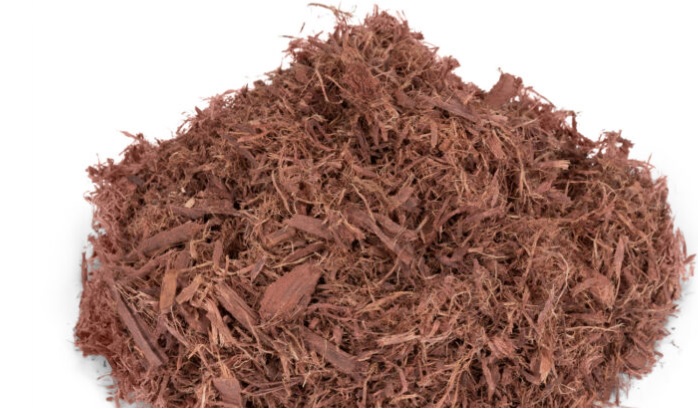Introduction
The Mimosa Hostilis Root Bark is a natural product that has been valued for centuries in traditional medicine and cultural practices. Known scientifically as Mimosa tenuiflora, this remarkable plant has gained global attention due to its unique healing properties, vibrant natural dye, and versatile uses. Today, it is widely sought after for both health benefits and practical applications.
In this blog, we will explore the key health benefits, traditional and modern uses, and why Mimosa Hostilis Root Bark has become such a popular natural resource worldwide.
What is Mimosa Hostilis Root Bark?
The Mimosa Hostilis tree grows abundantly in Central and South America, particularly in Brazil and Mexico. Its root bark is the most valuable part of the plant, known for its rich content of beneficial compounds, including tannins, flavonoids, and natural antiseptics. Traditionally, it has been used for wound healing, skin care, and even as a natural dye due to its deep reddish color.
Health Benefits of Mimosa Hostilis Root Bark
1. Natural Wound Healing
For centuries, local communities have used Mimosa Hostilis Root Bark as a natural remedy for cuts, burns, and infections. Its antiseptic and antibacterial properties help prevent infections while speeding up the healing process.
2. Skin Care and Regeneration
The bark contains tannins and other compounds that support skin regeneration. It is often used in natural skincare products to soothe irritation, reduce inflammation, and promote healthy, glowing skin.
3. Antimicrobial and Antifungal Properties
Studies have shown that extracts from Mimosa Hostilis Root Bark possess strong antimicrobial and antifungal properties. This makes it useful in treating skin conditions such as rashes, fungal infections, and minor irritations.
4. Anti-Inflammatory Benefits
Traditional medicine has used the bark to reduce swelling and inflammation. Its natural compounds may help relieve discomfort caused by injuries or skin issues.
5. Potential Antioxidant Effects
Rich in bioactive compounds, the bark may also provide antioxidant protection, helping the body fight against free radicals that cause aging and cellular damage.
Uses of Mimosa Hostilis Root Bark
Traditional Medicine
Indigenous tribes in South America have long used Mimosa Hostilis Root Bark in herbal remedies. It is valued for its ability to treat wounds, burns, and various skin conditions naturally and effectively.
Natural Dye
The bark’s rich, deep purple-red pigment has made it a popular choice as a natural dye. It is used to color fabrics such as cotton, wool, and silk, offering a long-lasting and eco-friendly alternative to synthetic dyes.
Cosmetic and Skincare Products
Modern industries incorporate Mimosa Hostilis extracts into creams, soaps, and ointments. Its natural ability to regenerate skin and reduce irritation makes it ideal for beauty and wellness products.
Soil Enrichment
Apart from health and cosmetic uses, Mimosa Hostilis also improves soil fertility. Its root system helps retain nutrients and supports sustainable farming practices.
Why Choose Mimosa Hostilis Root Bark?
With its proven track record in traditional medicine and increasing popularity in modern health and cosmetic industries, Mimosa Hostilis Root Bark stands out as a natural solution for wellness and sustainability. Whether you are looking for skin-healing remedies, eco-friendly dyes, or natural skincare ingredients, this plant offers unmatched benefits.
Conclusion
The Mimosa Hostilis Root Bark is more than just a plant—it’s a natural healer, a sustainable dye, and a vital resource with centuries of proven use. Its unique combination of health benefits and practical applications makes it a powerful addition to both traditional and modern lifestyles.
If you are looking for a natural way to enhance your wellness or explore eco-friendly alternatives in your daily routine, the Mimosa Hostilis Root Bark is a choice worth considering.


